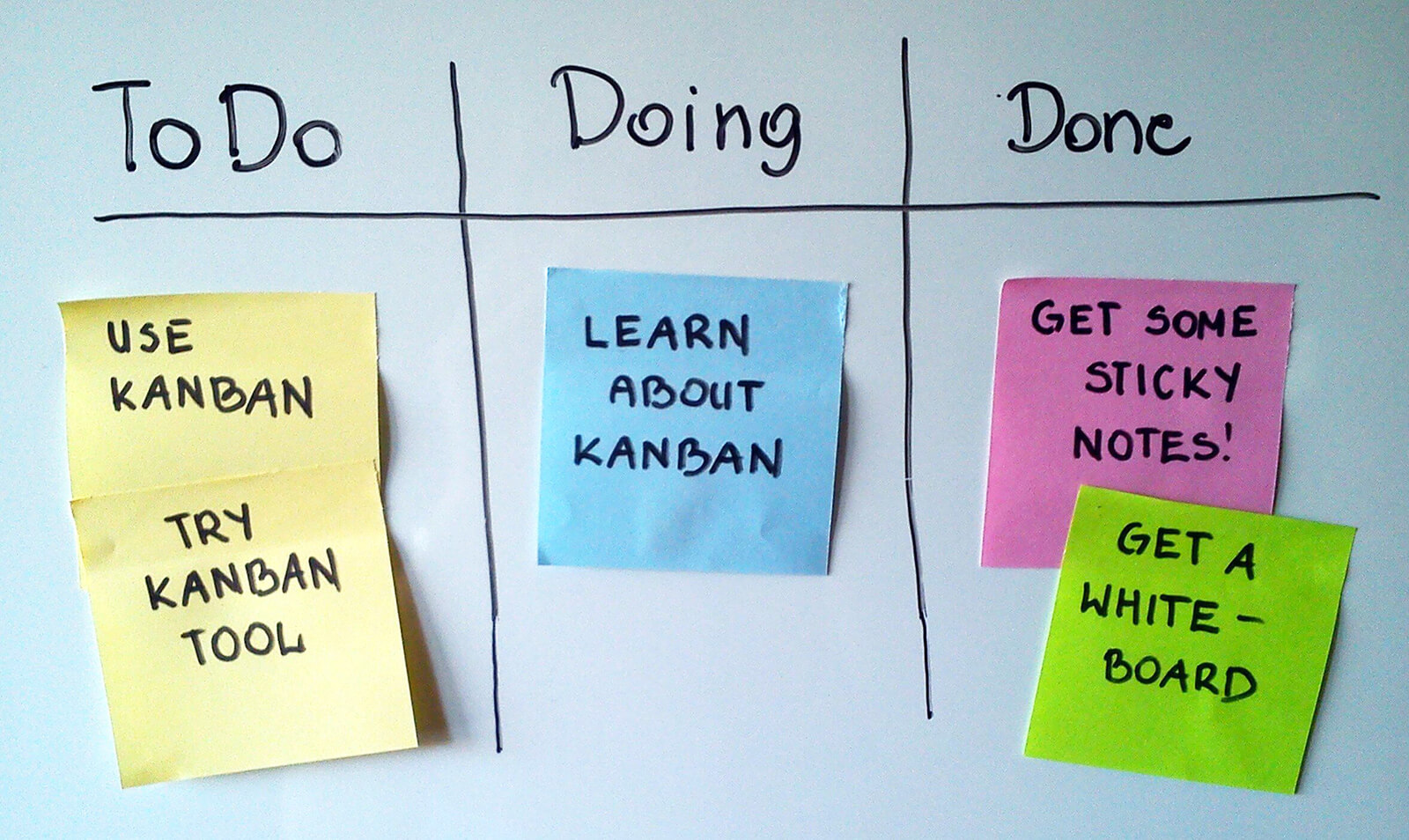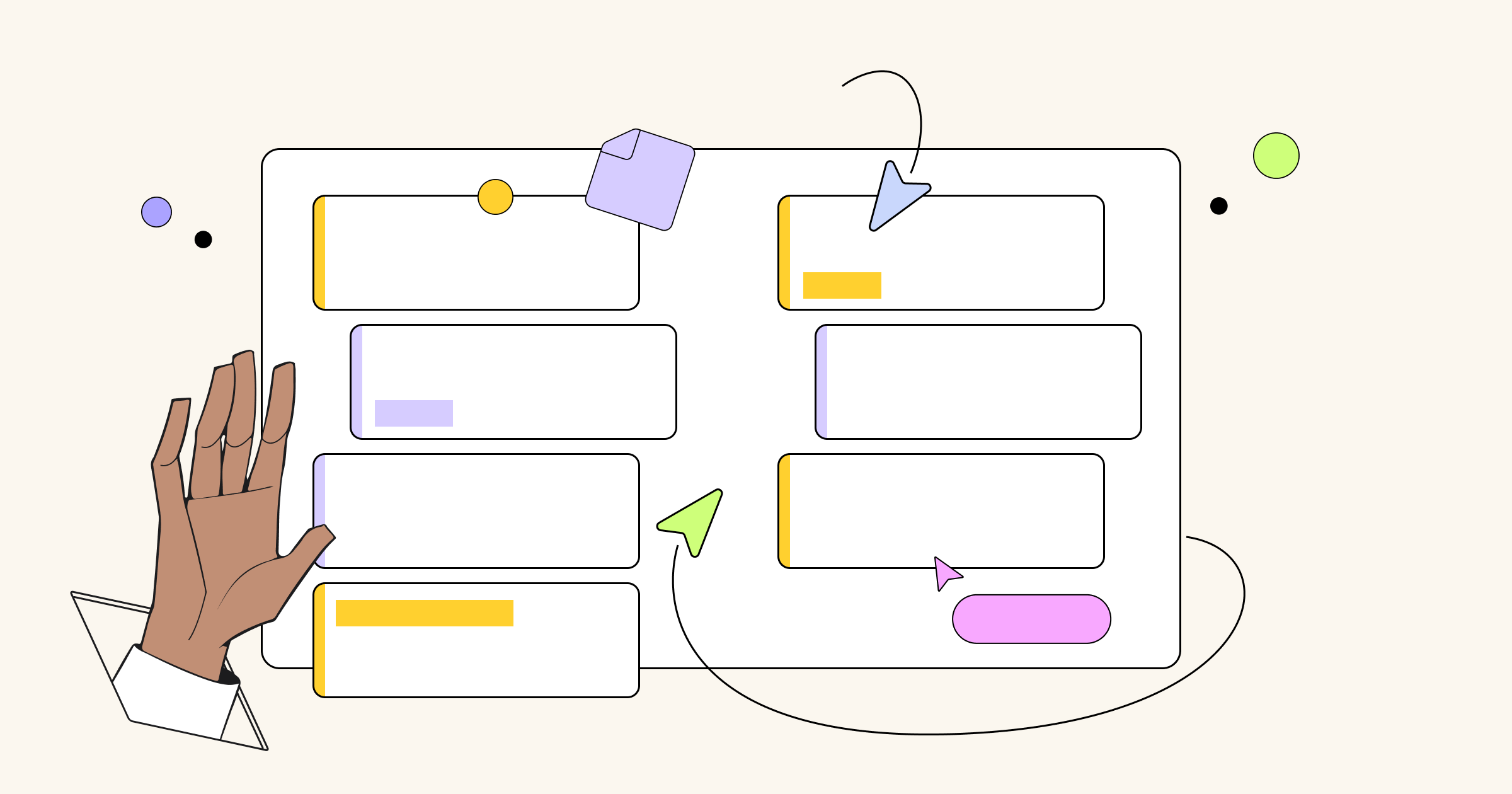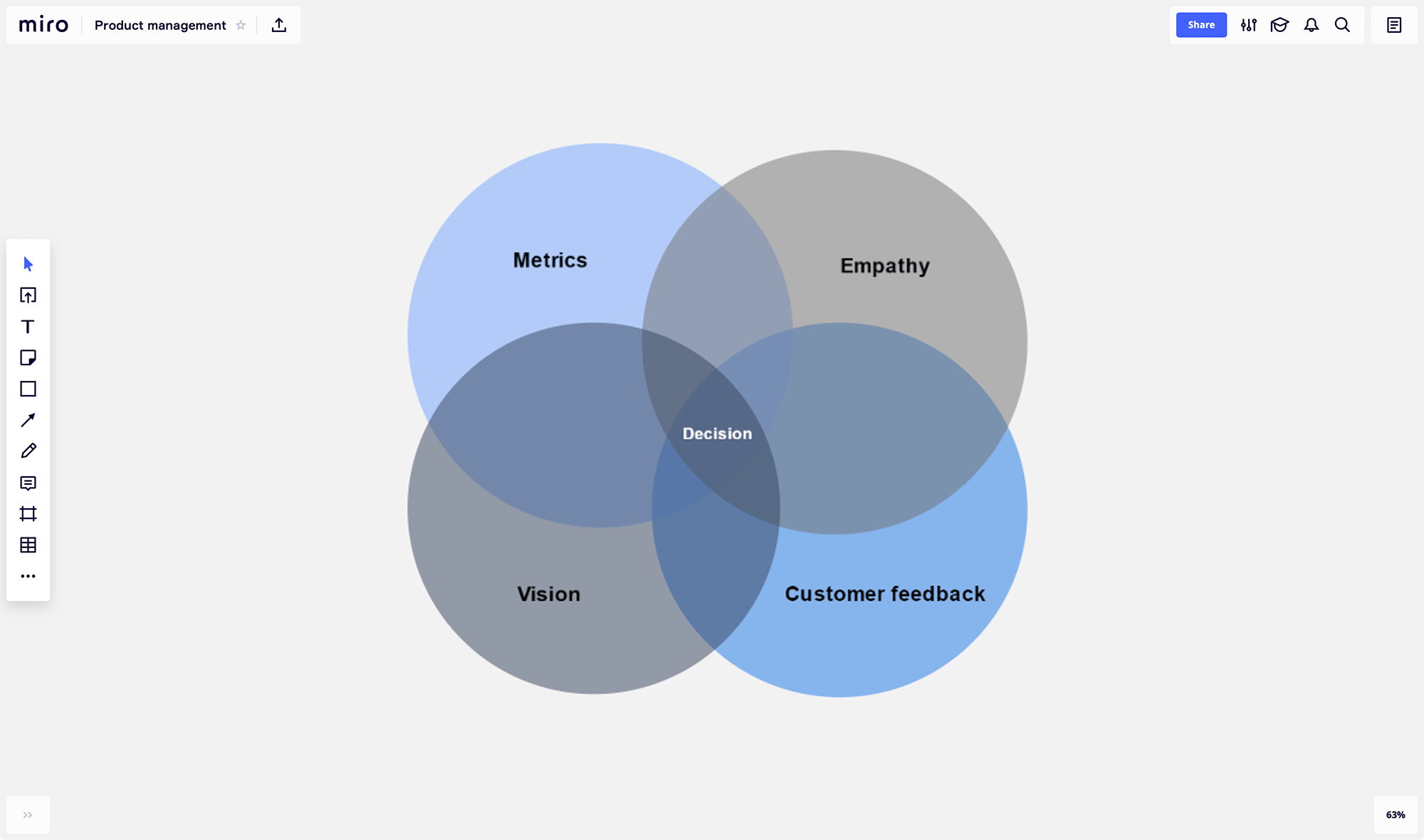Collaboration is the cornerstone of so many great ideas, and we are always seeking a way to improve productivity and turn our companies into a team of superheroes. One of the tools that can help your team be more efficient is visual task management. It works better than to-do lists by making the workflow visible and keeping everyone on the same page.
Make sure you read our most recent guide to reshaping the future of teamwork.
What is visual task management?
Visual task management is a technique for managing work. Instead of keeping messy to-do lists or spending precious time tracking due dates in your inbox, file folders, and spreadsheets, track your work using a visual task management tool such as a task board, project board, or Kanban. Some people use a good old whiteboard and sticky notes, and some go online with tools like Miro.
Why to-do lists are not always a good idea
To-do lists are good when you have only 5 simple tasks to do, but when it comes to teamwork they quickly become messy and they are hard to manage. That’s why we see so much PM software in the market, btw! If your workflow is more complex than 1-2-3 and you have a team, lists can be overwhelming, so it’s time to try visual task management.
Benefits of visual task management
Visual task management has a number of advantages over to-do lists and other traditional written project management systems:
- Save time by simplifying the complex – visual task management helps people understand even a complex project at a glance, and see what tasks should be done and when.
- Reduce waste by improving communication
- Overcome impediments. With a visual planning board, you can always see where work has slowed or stopped and take the necessary steps to fix it.
- Collaborate and improve. Visual management encourages collaboration among a team because everyone can see what everyone else is working on.
See everything at a glance and get the work done visually
Imagine how much time you usually spend planning your work before you actually start do it. ‘Getting things done’ is more than actually doing it. First, you have to think about what you need to do next, how to do that, how to prioritize your work and how to maximize the productivity for the whole team.
The work being done by a person doesn’t correspond always with the overall aims of the team. But often, PMs do not realize this until the work has already been done. For the individual, it’s great that he was able to get a task done, but for the team, it’s a waste. The time and effort that people put into working on their own tasks could have been spent more efficiently helping the team achieve shared goals.
Visual task management makes it easier to identify work being done that doesn’t necessarily roll up to a team’s shared goals. The identified less relevant work items can be discussed within the team and you can realize why they were requested and if they have to be done right now or later.
Visual management makes prioritization of the work much easier because you can see it at a glance. Teams start collaborate better and the synergy effect is created (people are usually looking for win-win situations). Team members are always able to see what task comes next and how the work items tie back to the larger objectives of the team
According to the Social Science Research Network
65% of people are visual learners. If you are working on a complicated project, it would be much easier to manage it with visual task management tools.
Agile culture and visual task management
Imagine how much time you usually spend planning your work before you actually start to do it. ‘Getting things done’ is more than actually doing it. First, you have to think about what you need to do next, how to do that, how to prioritize your work and how to maximize the productivity for the whole team.
Agile has become a very popular concept these days and more and more companies start using this approach for their workflow. Well, what is Agile? All of the principles you can find in a good old Agile Manifesto. It is necessary to say that agile is an idea supported by a set of values and beliefs, not just doing something visually. Agile is about the delivery of the best product to the customer and team efficiency.
One of the popular concepts is Kanban. Take a look at a simple kanban board below:

“Kanban+Agile = Agile”. If Agile values are combined with Kanban practices, then Kanban can lead to Agile.
Scrum board vs. Kanban board. Read the article to learn the difference and use the right tool for the task.
It is possible to practice an Agile mindset with Kanban as a starting place for evolving the process. In this situation, the focus is around Agile values and principles where policies and processes are used to support people’s work. Such an approach may be appropriate where Scrum or XP are not a good fit for the environment.
So, as you can see from the above, visual techniques such as Kanban are very important part of agile culture, of course, they are not enough but are a good starting point of building an agile culture and making your team more efficient.
Visual task management with Miro
Miro allows you to use various tools and templates to get the work done visually and collaborate with your team even if your team is distributed. Miro acts like a whiteboard, where you can drag and drop sticky notes as the tasks, but it gives even more possibilities – you can save it, you can share it, it has digital superpowers and no physical limits. Below you can find some useful tips and examples.
Useful tools:
- Endless canvas;
- Sticky notes;
- Whiteboarding toolkit;
- Real-time updates;
- Templates.
Templates and examples
Agile Taskboard
If you’re into agile management, you will definitely enjoy an endless Kanban-like board. Used mostly by software developers, it helps to manage tasks in a flexible and iterative way.
Tip: Post-its and simple shapes will help you build the agile board. Use links to track related tasks.
If you’re into agile management, you will definitely enjoy an endless Kanban-like visual project management board. Used mostly by software developers and project managers, it helps to manage tasks in a flexible and iterative way. Post-its and simple shapes will help you build the agile board. Use links to track related tasks.
Gantt Chart
A Gantt chart is commonly used in project management. It is one of the most popular and visual ways of showing your tasks, milestones or events displayed against time. On the left of the chart is a task list and along the top is a time scale. Each task is represented by a bar; the position and length of the bar reflects the start and dates and duration of each activity. Gantt chart allows you to see at a glance what has to be done (the tasks) and when (the timeline).
Tip: Use post-it notes and comment tools to explain and discuss the tasks. When the task is finished, add some visuals or documents and link them to taskbars.
A Gantt chart is one of the most popular visual ways of showing your tasks, milestones or events displayed against time. Gantt chart allows you to see at glance what has to be done (the tasks) and when (the timeline).
Architects Timeline
This simple, yet very effective template developed by our friends from Standard Architects, can help you manage complex design projects, structuring tasks, references and deliverables by making a timeline.
Tip: This template can be used for any project, that relies on visual content. It’s also a great platform to collaborate with your most valued clients.
More of Miro’s visual tools here
We hope you’ll find these tips useful for your projects!



